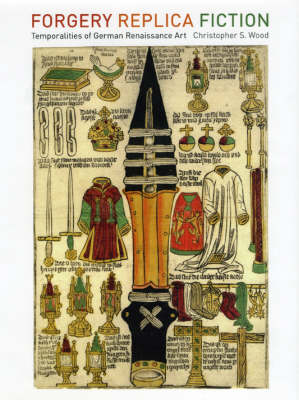Today we often identify artifacts with the period when they were made. In more traditional cultures, however, such objects as pictures, effigies, and buildings were valued not as much for their chronological age as for their perceived links to the remote origins of religions, nations, monasteries, and families. As a result, Christopher Wood argues, premodern Germans tended not to distinguish between older buildings and their newer replacements, or between ancient icons and more recent forgeries.But Wood shows that over the course of the fifteenth and early sixteenth centuries, emerging replication technologies - such as woodcut, copper engraving, and movable type - altered the relationship between artifacts and time. Mechanization highlighted the artifice, materials, and individual authorship necessary to create an object, calling into question the replica's ability to represent a history that was not its own. Meanwhile, print catalyzed the new discipline of archaeological scholarship, which began to draw sharp distinctions between true and false claims about the past.
Ultimately, as forged replicas lost their value as historical evidence, they found a new identity as the intentionally fictional image-making we have come to understand as art.
- ISBN10 0226905977
- ISBN13 9780226905976
- Publish Date 1 April 2008
- Publish Status Out of Print
- Out of Print 14 June 2021
- Publish Country US
- Imprint University of Chicago Press
- Format Hardcover
- Pages 416
- Language English
